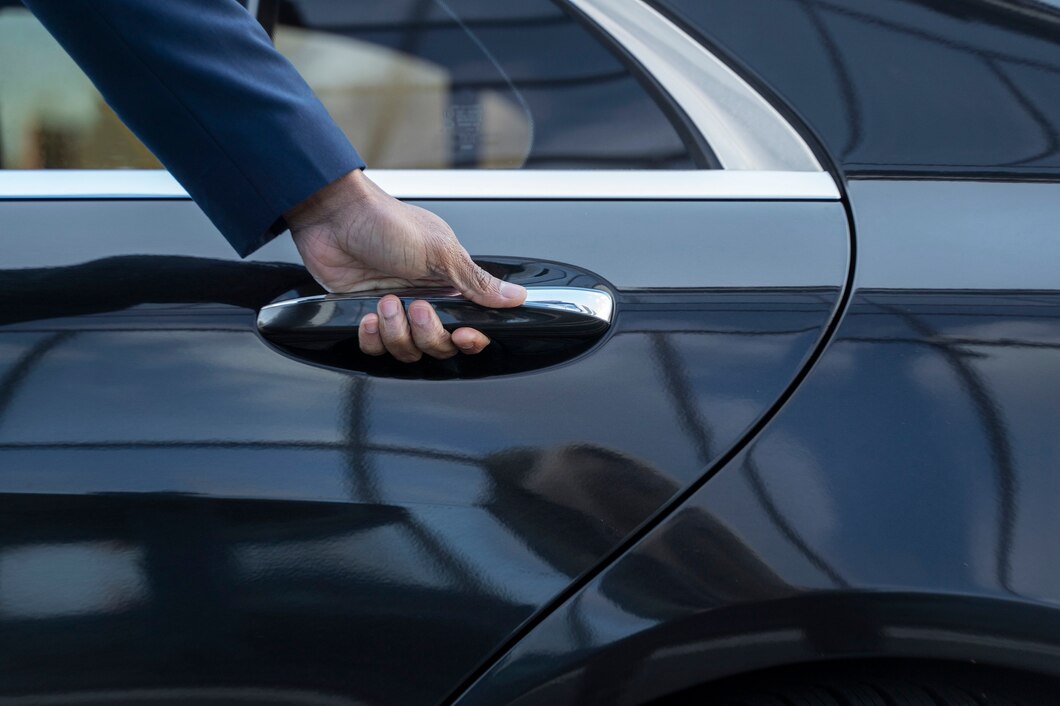Door seals, also known as weather stripping, play a vital role in maintaining your car’s interior comfort and protecting it from the elements. They help keep out water, wind, and noise while maintaining the proper temperature inside the vehicle. However, over time, these seals can wear out and start to leak. Identifying early signs of leaking door seals can save you from potential water damage and discomfort. Here are some signs to watch for:
1. Water Stains and Moisture
One of the most apparent signs of a leaking door seal is the presence of water stains or moisture inside your car. Check for damp spots on the seats, carpets, and door panels, especially after a rainstorm or car wash. If you notice any unusual wetness, it’s a strong indication that your door seals may be compromised.
2. Musty Odor
A persistent musty smell inside your vehicle is often a sign of mold or mildew, which thrives in damp environments. If your car starts to develop this odor, it’s likely that water is seeping in through faulty door seals. Mold not only affects the air quality but can also damage your car’s interior over time.
3. Wind Noise
Effective door seals help keep external noises at bay. If you start hearing an unusual amount of wind noise while driving, particularly at higher speeds, it could mean that your door seals are not as tight as they should be. This increase in noise indicates that air is entering the cabin through gaps in the seals.
4. Visible Damage
Regularly inspect your door seals for any visible signs of wear and tear. Look for cracks, tears, or gaps in the rubber stripping. Damaged seals are less effective at keeping out water and air, leading to leaks and increased noise levels.
5. Difficulty Closing Doors
If you find it increasingly difficult to close your car doors securely, it could be a sign that the door seals are deteriorating or misaligned. Properly functioning door seals should provide a snug fit without requiring excessive force to close the doors.
6. Rust and Corrosion
Check the areas around your door frames and sills for signs of rust or corrosion. Water leaks can lead to rust formation, which not only affects the aesthetics of your car but can also weaken the structure of the door and frame. Rust spots near the edges of the door or on the floor mats are clear indicators of water intrusion.
7. Frozen Doors
During colder months, if you notice that your doors are freezing shut, it might be due to water leaking through the door seals and then freezing. This can make it difficult to open the doors and can also cause further damage to the seals and the door frame.
8. Increased Cabin Humidity
If the humidity level inside your car is higher than usual, especially during rainy weather, it might indicate that moisture is entering through leaking door seals. This increased humidity can fog up windows and make the interior uncomfortable.
Maintaining the integrity of your car’s door seals is essential for a comfortable and protected driving experience. By keeping an eye out for these early signs of leakage, you can address the issue promptly and avoid more extensive damage to your vehicle’s interior. Regular inspections and timely replacements of worn-out seals can help ensure your car remains dry, quiet, and comfortable, regardless of the weather outside. If you suspect any issues with your door seals, consult a professional mechanic to diagnose and repair the problem.











